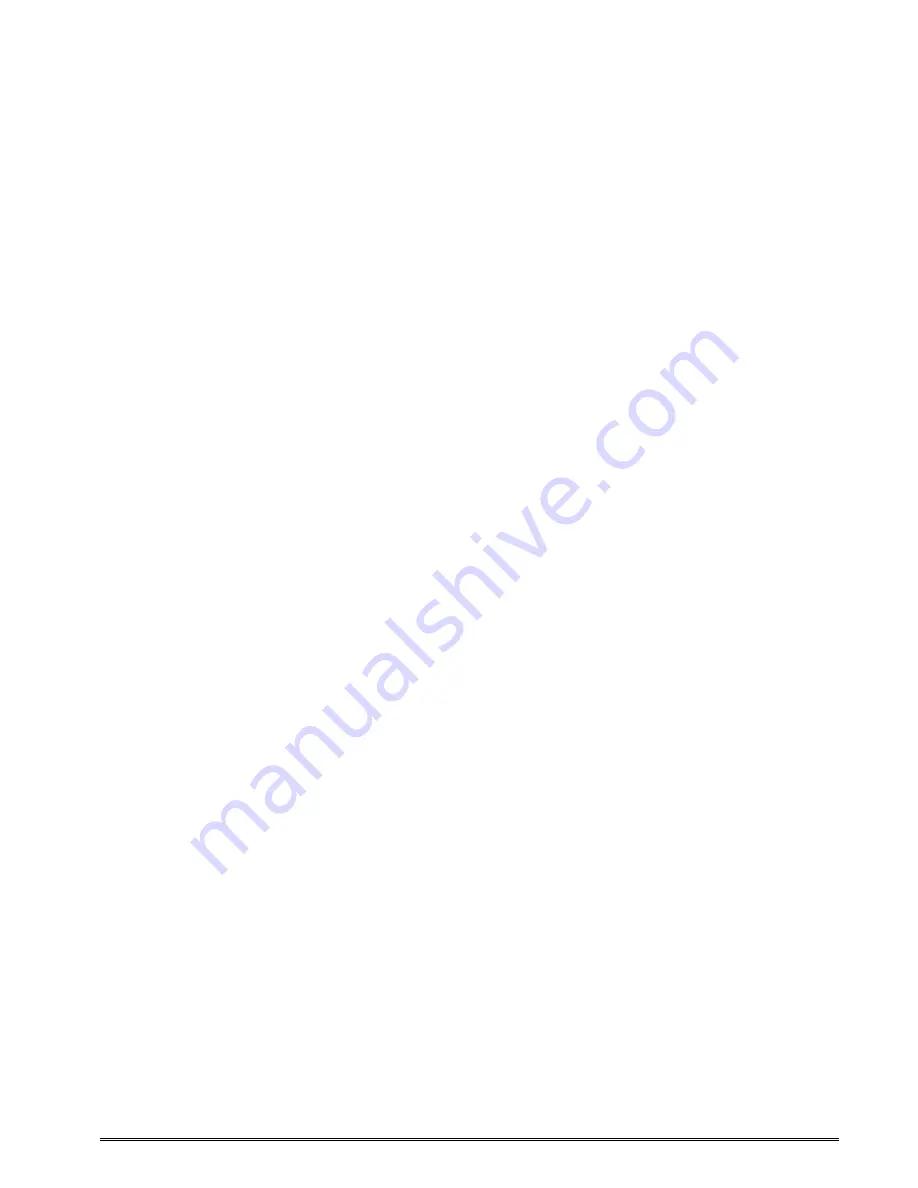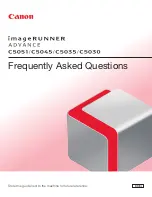
438TM Operator’s Manual - 880049-0113
4-1
Chapter 4: Designing Labels Using LDS
Label Design Software (LDS) refers to the control language resident in the printer used to
create labels. All bitmapped fonts, character sets and bar codes are resident in the printer.
Additional fonts and graphic images may be sent from a host and stored in the printer’s
memory.
A label format is produced by a series of 5 steps:
1. Control commands to define printer operation.
2. A format header to define the label height, width, print speed, etc…
3. Field data that defines the placement of text, bar codes, graphics or lines.
4. Actual text data to place in the Field data strings.
5. Control commands to initiate printing.
4.1 Control Characters
Throughout this manual there are references to control characters. In order to print them in
this manual, they have been written using standard characters and icons. Escape
characters are represented by <ESC> and a carriage return is represented by <CR>. It is
important to note that all printer functions, unless otherwise noted, must be followed or
terminated with a carriage return (<CR> or HEX 0D). The printer ignores the <LF> (line
feed) or HEX 0A character so it is easier to read and troubleshoot files if the <LF> character
is sent after the <CR> character.
Note: Control codes ignored when the printer is configured for binary compression mode
(^D23 bit 7).
4.2 LDS Design Exercises
There are many different machines capable of sending information to the printer including
main frames, mini-computers, special purpose computers and PC’s. For the purpose of
simplicity, the design exercises contained in this manual will use one of the easiest methods
by using an IBM compatible PC and a VT-100 terminal emulation software program. This
method of connection will allow two-way, communication with the printer.
Items required:
- A computer with at least one unused communication port (COM1, COM2…).
- An interface cable.
- A VT-100 terminal emulation program such as MCT.
- A text editor that does not add formatting characters such as Microsoft® Notepad.
4.2.1
PC Connection (Serial)
The printer is shipped with communication parameters set to 115200 bits per second, no
parity, 8 data bits, and 1 stop bit (115200-N-8-1). This means that for proper
communication, the PC’s communication port must be set to these parameters. If a terminal
program is not available, it is possible to send files to the printer using the DOS COPY (for
example: C:\>COPY FILENAME COM1) command. When using DOS, it is a good idea to
set the communications port up using the DOS MODE (for example: C:\>MODE
COM1:115200, n,8,1, p) command before copying the files to the port. Create a text file,
Summary of Contents for 438TM
Page 2: ......
Page 4: ......
Page 8: ...438TM Operator s Manual 880049 0113 iv...
Page 54: ...Getting Started Chapter 3 3 42 438TM Operator s Manual 880049 0113...
Page 124: ...Printer Commands Chapter 5 5 56 438TM Operator s Manual 880049 0113...
Page 130: ...Downloadable Graphics Chapter 6 6 6 438TM Operator s Manual 880049 0113...
Page 136: ...Downloadable Fonts Chapter 7 7 6 438TM Operator s Manual 880049 0113...
Page 168: ...Bar Codes Chapter 8 8 32 438TM Operator s Manual 880049 0113...
Page 174: ...Code Switching Chapter 9 9 6 438TM Operator s Manual 880049 0113 Figure 9 5 Code Page 850...
Page 178: ...Code Switching Chapter 9 9 10 438TM Operator s Manual 880049 0113 Figure 9 9 Code Page 852...
Page 182: ...Code Switching Chapter 9 9 14 438TM Operator s Manual 880049 0113 Figure 9 13 Code Page 437...
Page 186: ...Code Switching Chapter 9 9 18 438TM Operator s Manual 880049 0113...
Page 208: ...13 2 438TM Operator s Manual 880049 0113...
Page 210: ...13 4 438TM Operator s Manual 880049 0113...
Page 230: ...13 24 438TM Operator s Manual 880049 0113...
Page 231: ......
















































